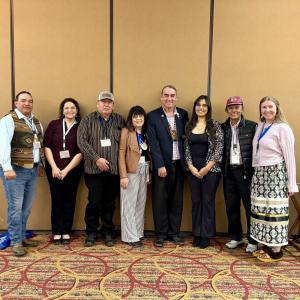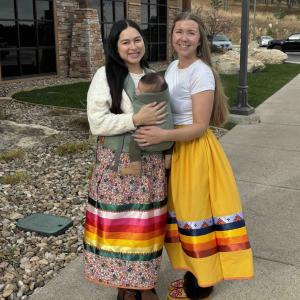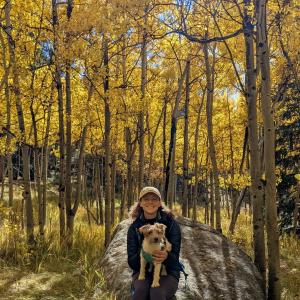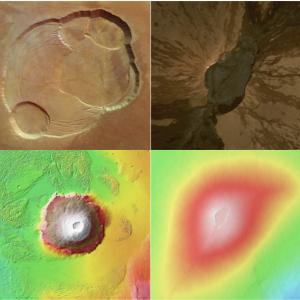News
Protecting Water, Lands, and Culture: Highlights from the Great Plains Tribal Water Alliance Annual Conference
On November 5-6, 2025, the North Central Climate Adaptation Science Center’s Tribal Climate Resilience Liaisons Janna Black and Kynser Wahwahsuck Bell helped host the Great Plains Tribal Water Alliance (GPTWA) Annual 2025 Conference in Deadwood, South Dakota.
Ulyana Horodyskyj Peña
The Colorado Buffalo Collective
Once nearly wiped from the plains, bison are making a comeback as a symbol of ecological and cultural renewal. The Colorado Buffalo Collective is leading efforts across the University of Colorado Boulder (CU Boulder) and Boulder County to restore bison to their ancestral landscapes, blending scientific research with Indigenous knowledge.
Ulyana Horodyskyj Peña
Toward a shared vision for climate-informed resource stewardship
By articulating how existing tools complement rather than compete with one another, this new paper offers a shared vision for more coordinated, cross-jurisdictional adaptation planning in an era of ecological transformation.
Ulyana Horodyskyj Peña
The Sagebrush Climate Adaptation Menu: A Co-Produced Framework for Actionable Science
Across the American West, sagebrush ecosystems are confronting accelerating climate pressures, including hotter temperatures, altered fire regimes, invasive annual grasses, and shifting moisture patterns that reshape plant communities and wildlife habitat.
Ulyana Horodyskyj Peña












